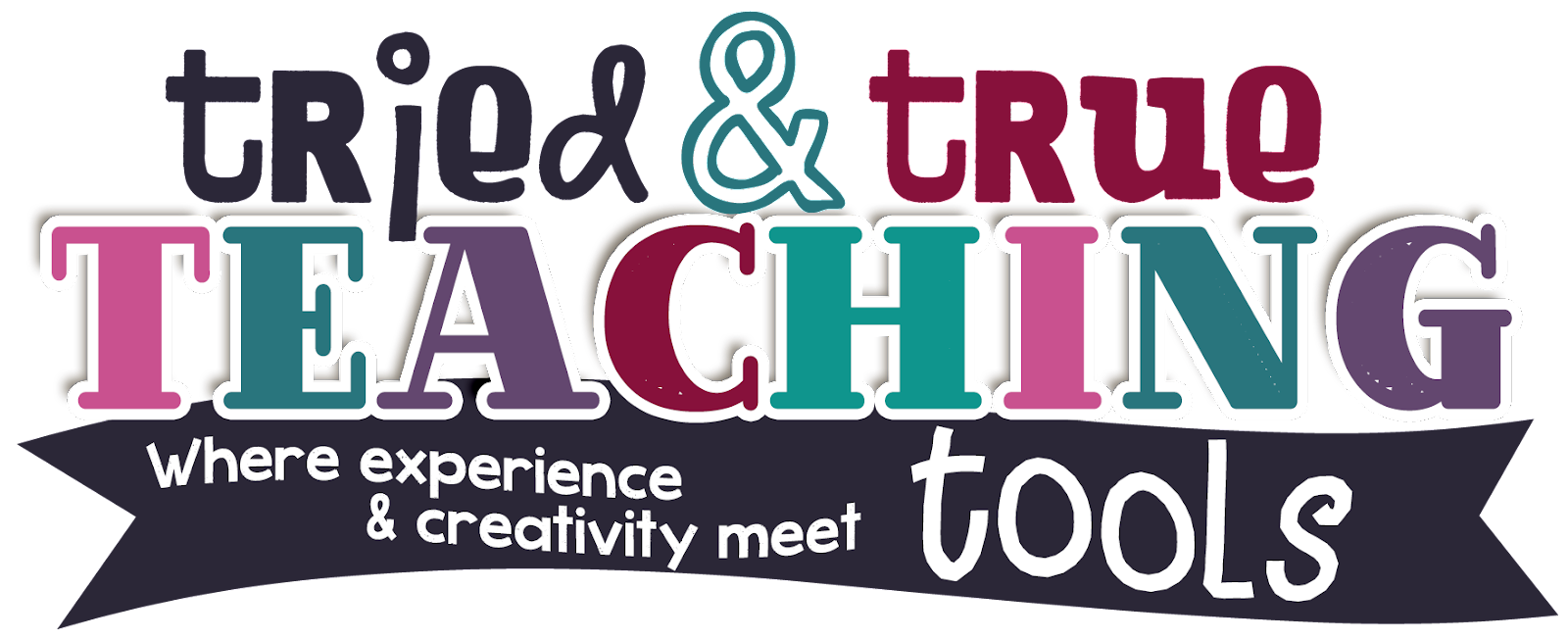However, one of the benefits of distance learning is that so many organizations have revamped their programs, offering virtual options. Here's a round-up of some amazing programs (in California, although since they're virtual, maybe teachers in other states can access them).
I've scheduled several programs through California State Parks PORTS Program. They offer FREE interactive virtual field trips for K-12 students to stay connected to our state's natural, cultural, and historical resources. Connecting your students to California State Parks allows them to explore our parks guided by California State Parks interpreters working in parks across the state. Some of the programs that connect to our fourth grade social studies curriculum are: Immigration Stories Told from Angel Island, California Mission History, Gold Rush History, Mexican Rancho Era. There are also science programs such as: Understanding Climate Change, Kelp Forests, Sand Dune Habitats and the Rock Cycle.
The California Science Center offers free virtual lessons and videos. Connecting with our fourth grade life science standards, students can play a “choose-your-own-adventure”-style game in order to test interactions between an animal’s environment and the structures of its sensory system. They will use the game to develop and revise a model showing how information is received by the senses and processed through the brain.
CA Science Center also offers paid virtual field trips. My class participated in the life science field trip, Busy Body. They navigated toward a deeper understanding of how organisms receive and process information. Students were introduced to creatures that live at the California Science Center, as they used and developed models to explore how the internal and external structures of plants and animals function to help them survive and experience the world around them. And of course, a cow eye dissection was quite memorable!
Huntington Library is collections-based educational and research institution. They have numerous art collections, library collections, and botanical living collections in their 16 themed gardens. It is a beautiful location! Pre-Covid, my class visited The Huntington and explored plant adaptations, our fourth grade life science standards. My kids were in awe over the grounds!
California Academy of Sciences has free 3-part webinar series. My class participated in the Coastal Redwoods series in the fall and they LOVED it. They were so engaged; they learned to think, question, and sketch like scientists and it connected to our science & social studies standards.
I just signed up for What’s a museum? The who? The what? The how? Students will notice, wonder, sketch and think deeply while exploring what and who makes up our museum. Looking closely at exhibits, collections, and the science behind them, students will build skills that help them collect and share information, just like our Academy scientists.
For 4th grade teachers, Leonis Adobe is where we usually went for a field trip when studying the impact of secularization: after the California missions were closed and mission lands were parceled off as land grants. My students used to love visiting because they were able to experience life as a Californio: designing cattle brands, grinding corn to make tortillas, churning butter, learning to lasso a steer like vaqueros. Leonis Adobe has free curriculum now: seven virtual field trip videos with teacher resources. You can implement lessons at your own pace. It is also great for asynchronous learning.
California Museum has free online teacher resources, as well as paid virtual field trips. Resources cover a range of California history, arts and culture topics and are available as downloadable, printable PDFs and as paperless, shareable Google Classroom assignments. Our fourth grade is signed up for California's Journey: Explore how people came to California and shaped the modern state in this virtual tour for distance learning students spanning the history of Californians from its Native peoples and Gold Rushers to the transcontinental railroad builders, tech-boomers and beyond. This field trip includes a taped video tour of five exhibits and a downloadable digital artifact kit, followed by a live Zoom session featuring a docent-led presentation of Gold Rush stories from a variety of perspectives and resources for a post-visit oral history project.For 4th grade teachers, Leonis Adobe is where we usually went for a field trip when studying the impact of secularization: after the California missions were closed and mission lands were parceled off as land grants. My students used to love visiting because they were able to experience life as a Californio: designing cattle brands, grinding corn to make tortillas, churning butter, learning to lasso a steer like vaqueros. Leonis Adobe has free curriculum now: seven virtual field trip videos with teacher resources. You can implement lessons at your own pace. It is also great for asynchronous learning.
Not only am I energized by bringing in the experts, but my students get excited (and they're on their best behavior!) We all learn so much! Have you found any virtual options to bring experts into your classroom? Please share in the comments!
Be sure visit the blogs below for more teaching ideas!








Great tips and ideas for everyone teaching in 2021.
ReplyDeleteWhat fantastic places to visit village!
ReplyDelete